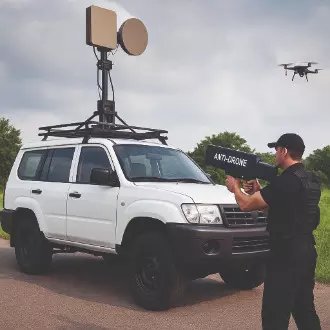Bengal to induct anti-drone shield and jammers for coastal security

Kolkata: In the wake of the recent Delhi terror attack, the Bengal government is moving to upgrade its security infrastructure by inducting advanced anti-drone detection and jamming systems for the state police in a bid to strengthen its coastal security.
Sources confirmed that the West Bengal Police Directorate aims to equip forces with technology capable of tackling the growing use of drones for illegal activities along sensitive stretches of the state. Senior officials said the move aligns with a broader strategy to modernise surveillance tools available to the Coastal Security Wing and respond faster to aerial intrusions.
It was learnt that the system the state plans to procure can be deployed on the ground, mounted on vehicles or carried by personnel, giving police flexibility during field operations. The equipment must also be compact, rugged and capable of being fully operational within 10 minutes of being switched on — an important requirement for rapid-response teams posted along vulnerable zones.
Further, the system will be designed to scan the sky in real time, detect and track multiple drones simultaneously, and display vital information such as range, type, intercepted frequencies and flight direction on a user-friendly interface. The system controller is expected to log each event with date and time stamps, aiding intelligence gathering and post-incident analysis. The procurement package includes a detection unit with a system controller and two handheld jammer guns.
Sources in Intelligence said the state government is seeking to build strong counter-drone capability. The equipment must be able to identify various categories of Unmanned Aerial Vehicles (UAVs) — from tiny nano drones to larger fixed-wing aircraft — and recognise targets within 10 seconds of detection, regardless of weather or terrain.
The jammer guns, too, are expected to cut communication links across standard drone frequencies and force a safe or controlled landing within the same time frame. Depending on the drone category, they must work across distances up to 5 km. Each jammer will operate on rechargeable lithium batteries with a minimum one-hour continuous jamming capability, while the primary detection system must retain at least six hours of battery-backed operation.
Officials said the upcoming induction will mark a significant step towards building a dedicated counter-UAV grid for Bengal and improving preparedness against emerging aerial threats.



